On this Page
- What is CO₂ removal?
- Why should companies invest in CO₂ removal?
- Overview: CO₂ Removal Technologies
- Biochar – scalable and practical
- Further Links
What is CO₂ removal?
While reducing emissions from fossil fuels and other sources is essential, scientists increasingly recognize that this alone will not be enough to prevent the most severe impacts of climate change. To prevent temperatures from rising beyond the critical 1.5°C to 2°C limits set by the Paris Agreement we need to go beyond emissions reductions and actively remove CO₂ from the atmosphere that has accumulated over time. CO₂ removal (Carbon Dioxide Removal or CDR) refers to a suite of technologies and natural processes that extract CO₂ from the atmosphere and store it permanently. It plays a crucial role in addressing climate change by directly reducing the amount of CO₂ in the atmosphere. CO₂ removal is important, because:
Current CO₂ levels are too high
Over 150 years of industrial activity has elevated atmospheric CO₂ to levels that significantly disrupt Earth’s climate systems, causing more frequent extreme weather events, sea level rise, and biodiversity loss.
Emission reductions are delayed
Even with aggressive reductions, industries like aviation, agriculture, and heavy manufacturing will continue to emit CO₂. CO₂ removal helps offset these unavoidable emissions, allowing the world to achieve net-zero and eventually net-negative emissions.
CO₂ removal can have co-benefits
Some CO₂ removal techniques not only capture carbon but also promote biodiversity and enhance ecosystem resilience, supporting sustainable land use and conservation efforts. For example, in atmosfairs biochar project in India, we produce an organic fertilizer for agricultural use, cutting the need for chemical alternatives while enriching soils and capturing CO₂.
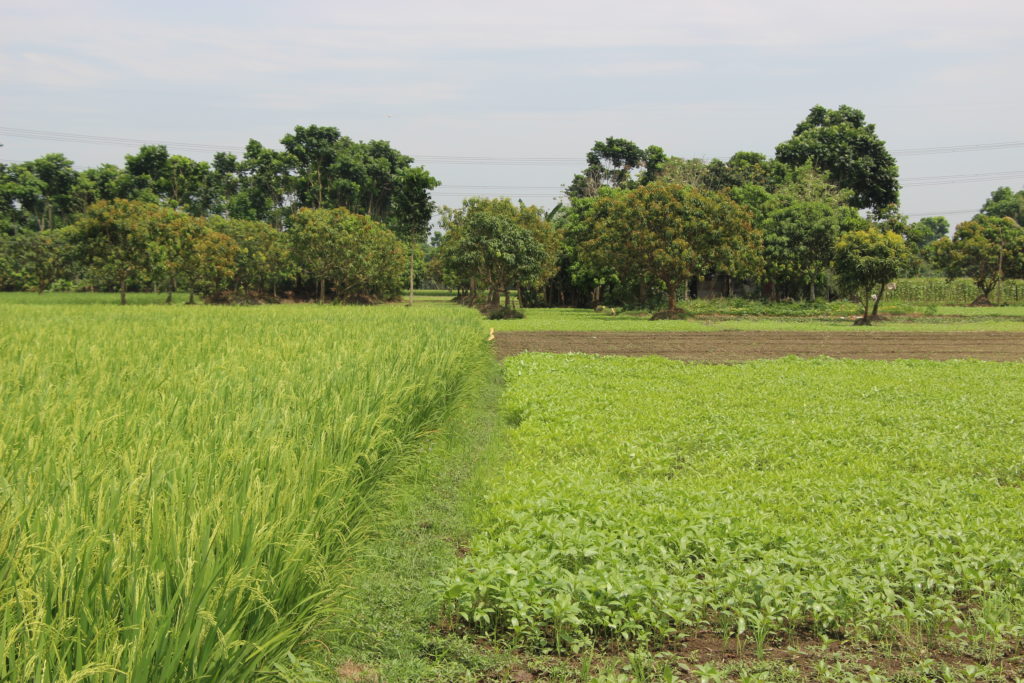
Why should companies invest in CO₂ removal?
Major companies and industries are increasingly investing in CO₂ removal technologies and purchasing CDR credits as an important step toward fulfilling environmental responsibilities. Companies invest in CO₂ removal, because of:
Regulatory and Political Landscape
The regulatory landscape around private sector climate protection is evolving rapidly, with governments and initiatives setting ambitious targets that highlight the crucial role of carbon removals in achieving climate goals. Companies that do not adapt to these changes may face significant challenges, including compliance issues.
For instance, the Science Based Targets initiative (SBTi) encourages companies to incorporate carbon removals into their long-term climate strategies, particularly as they work toward net-zero goals. While emissions reductions remain a priority, carbon removals are becoming essential for offsetting hard-to-abate emissions. According to SBTi guidelines, companies can integrate high-quality carbon removal credits to neutralize their residual emissions, showcasing a strong commitment to climate leadership by aiming for net-zero or even net-negative emissions. In this dynamic environment, proactively investing in carbon removal credits allows companies to stay ahead of evolving standards, demonstrating compliance and a forward-thinking approach in the journey toward net-zero and beyond.
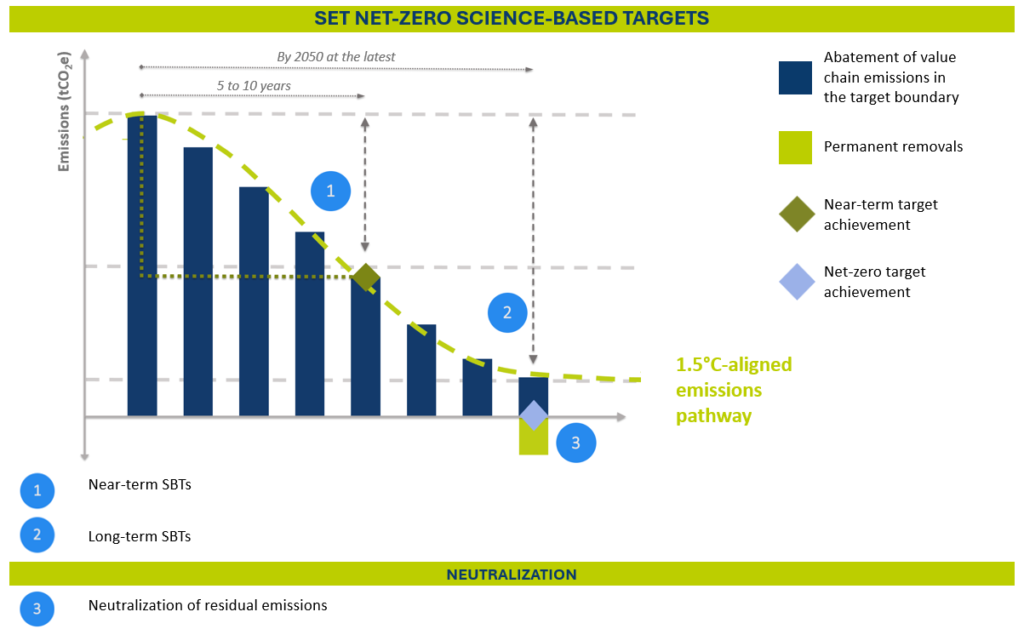
Climate Responsibility and Brand Reputation
Today’s consumers are more informed and concerned about climate change than ever before and sustainability is increasingly influencing consumer preferences. Investing in CO₂ removal credits is essential for enhancing corporate social responsibility initiatives. Companies that fail to address their environmental impact risk losing credibility and market share. By actively contributing to long-term climate solutions, brands can align with consumer expectations for sustainability and gain a competitive edge.
Overview: CO₂ Removal Technologies
A range of CO₂ removal technologies exist, that can be broadly categorized into three main groups: nature-based solutions, technological approaches, and hybrid solutions. Each category offers unique methods and advantages for sequestering carbon and mitigating emissions.
1. Nature-Based Solutions
Biochar
Biochar does not directly extract from the atmosphere but prevents the re-release of CO₂ already absorbed by plants during their growth. Through the process of pyrolyzing organic matter, plant-bound carbon is stabilized in the biochar and can be stored in soil for the long term, effectively locking it away instead of allowing it to return to the atmosphere via decomposition or combustion. It not only sequesters carbon in the soil for up to thousands of years but also improves soil health and fertility. Biochar is highly scalable, making it a practical option for various agricultural settings.
Soil Carbon Sequestration
This approach involves improving land management practices to enhance the soil’s ability to store carbon. While it offers numerous environmental benefits, its effectiveness can vary based on soil type and local conditions.
Afforestation
Planting trees on previously deforested land can capture significant amounts of CO₂ over time. atmosfair questions the suitability of financing forest projects through voluntary CO₂ offsetting. This is mainly due to concerns regarding the lack of permanence of such projects and doubts about their potential for long-term carbon storage. For more information on forest projects and associated criticisms, please refer here.
2. Technological Approaches
Direct Air Capture (DAC)
This technology involves capturing CO₂ directly from the atmosphere using chemical processes. While DAC has the potential to remove large quantities of CO₂, it is currently expensive and energy-intensive, making it less accessible for widespread use.
Mineralization
This process converts CO₂ into stable mineral forms through natural or engineered reactions. While it has a high potential for permanent storage, the technology is still in the development stage and requires further scaling.
3. Hybrid Solutions
Bioenergy with Carbon Capture and Storage (BECCS)
This method combines biomass energy production with CO₂ capture and storage. BECCS involves growing biomass (such as crops or trees) to capture CO2 from the atmosphere. The biomass is then converted into energy (usually through combustion) to produce electricity or heat. The CO₂ emitted during this energy production is captured and stored underground in geological formations, preventing it from re-entering the atmosphere. While it can provide renewable energy and remove CO₂, it often competes with land needed for food production and can have high costs associated with storage. atmosfair pushes towards the use of residual biomass to avoid these conflicts and ensure sustainability.
Biochar – scalable and practical
atmosfair is engaged with all the aforementioned technologies for negative emissions. Among these, biochar currently stands out as one of the most scalable and practical solutions for CO₂ removal. Its ability to sequester carbon while simultaneously improving soil quality makes it a versatile option that can be seamlessly integrated into various agricultural practices. Therefore, atmosfair’s current focus in the field of negative emissions is on biochar, for which we are already implementing concrete projects.
Biochar is a solid material obtained from the thermochemical conversion of biomass in an oxygen-limited environment. It is distinct from other solid products of thermochemical conversion such as charcoal or activated carbon in that the main purpose is long-term carbon storage rather than the creation of raw material for industrial processes or energy generation. Biochar facilitates long-term carbon sequestration by stabilizing carbon within the biomass, thereby preventing its rapid release back into the atmosphere as CO₂—a common outcome if the biomass feedstock were otherwise consumed or decomposed.
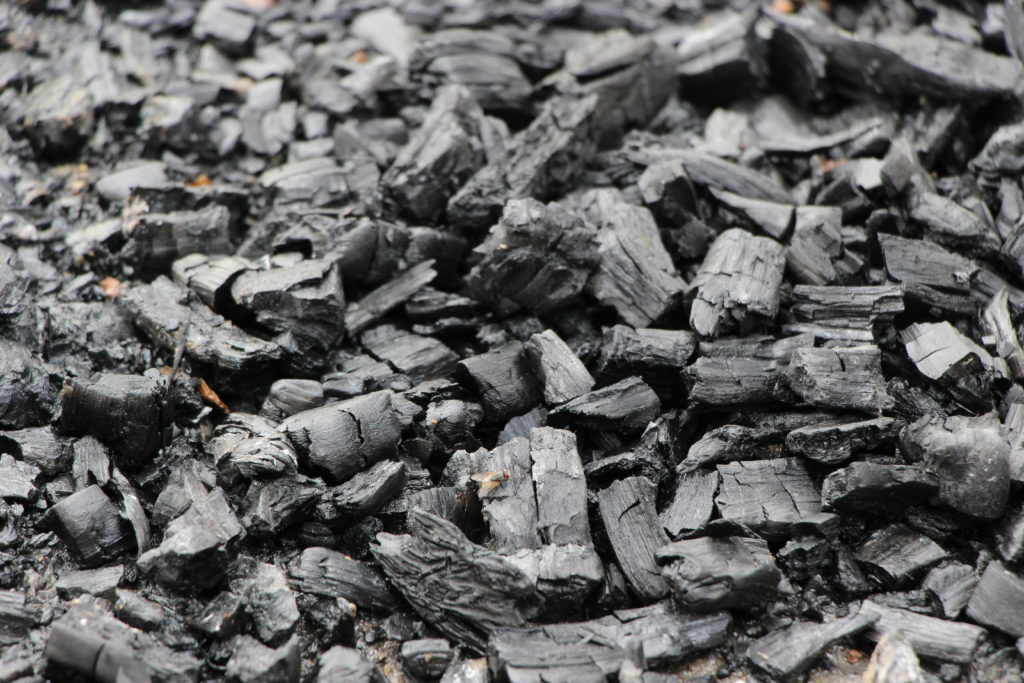
Benefits of Biochar
Carbon Sequestration
One of the key benefits of biochar is carbon sequestration. The ability of biochar to sequestrate carbon depends on the permanence and stability of biochar. The permanence of carbon removal reflects the duration for which the carbon remains stored and avoids re-entering the atmosphere. Biochar stability refers to biochar’s resistance to decomposition and reaction within the soil environment, largely due to its polyaromatic ring structure.
The permanence and stability of biochar are influenced both by its intrinsic properties and by the environmental conditions to which it is exposed. When applied directly or indirectly to agricultural soils, up to 75% of the original carbon in biochar can according to the relevant standards remain sequestered at least for 1000 years, highlighting its potential for long-term carbon retention.
Soil Improvement
As a soil amendment, biochar enhances soil physical and biochemical properties, increasing fertility and productivity, especially over the long term. It improves soil aggregation, water retention, pH, and microbial activity, thereby elevating overall soil quality and potentially reducing the need for chemical fertilizers. The impact of biochar on soil physicochemical properties varies depending on factors such as its source, type, particle size, inherent soil characteristics, and the cropping system.
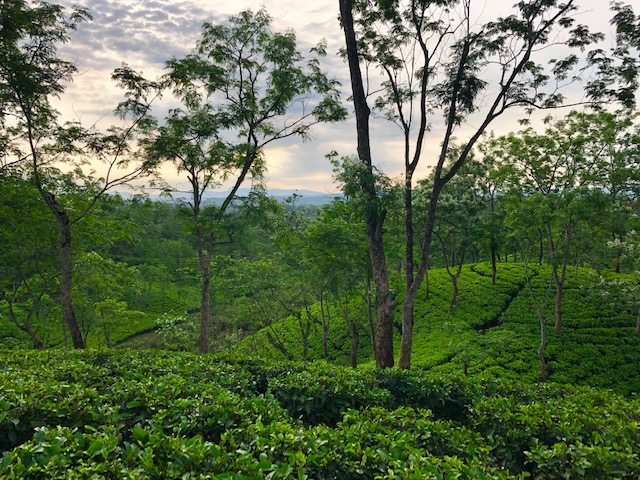
Economic Co-Benefits
Beyond environmental advantages, biochar offers significant economic co-benefits for stakeholders across the value chain. By transforming agricultural residues and waste biomass from landowners into biochar, it creates an additional revenue stream, providing landowners with a financial incentive to utilize their waste. This approach promotes a circular economy by closing the recycling loop and supporting sustainable waste management practices.
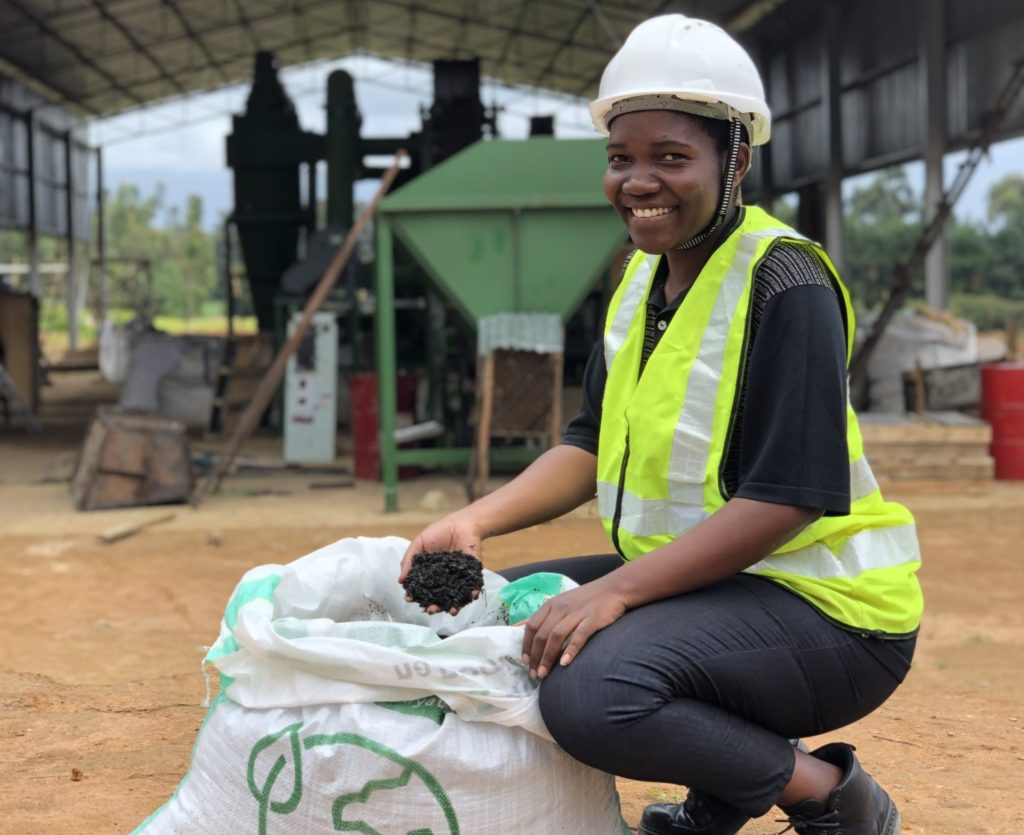
Industrial and Artisan projects
Artisan biochar is produced on a small scale, often by farmers directly on their land, using simple methods. This approach helps promote sustainable farming practices and gives local farmers more control over their resources. In contrast, industrial biochar is made in specialized facilities with advanced machines that heat organic materials at high temperatures to create biochar. These facilities are designed for high efficiency and consistent product quality. Both types of biochar projects are tailored to meet the unique needs of each region, aiming to maximize local benefits, whether for small farmers or larger-scale operations.
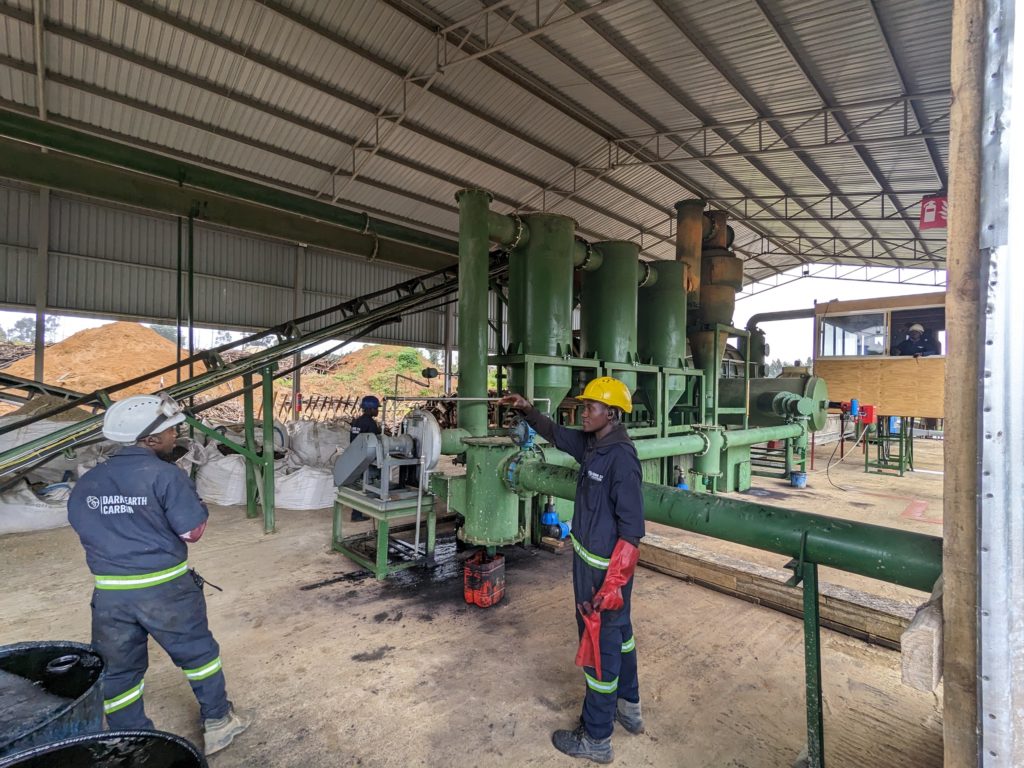
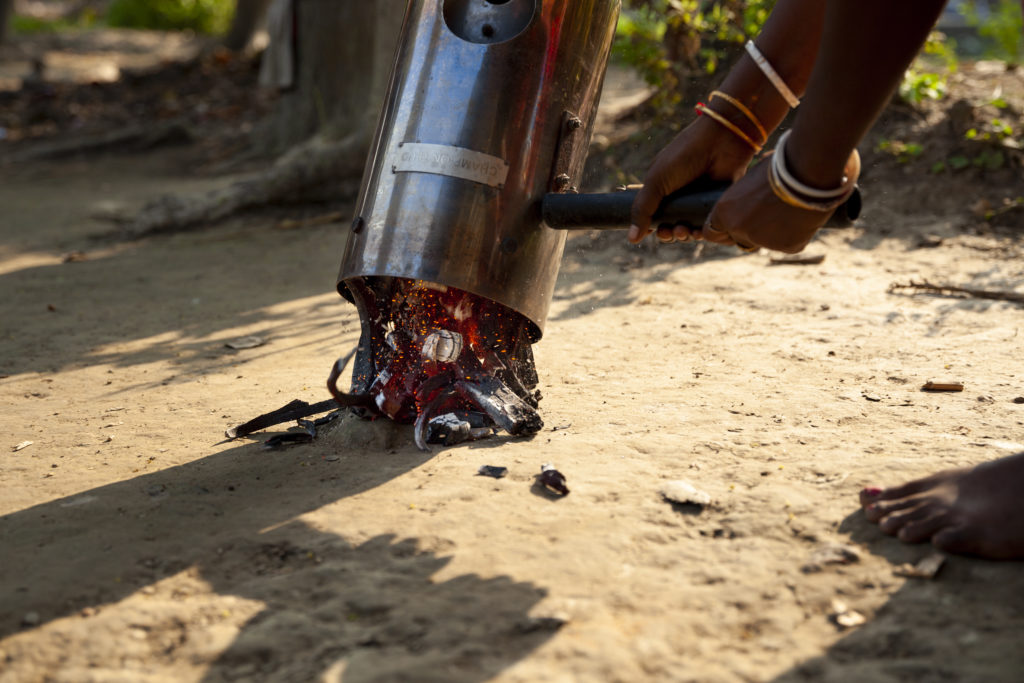
Optimization of artisanal biochar projects
Critiques of artisanal biochar projects have focused on the limitations of pyrolysis in open soil pits and open Kon-Tiki kilns, including inconsistent biochar quality, high methane emissions, and safety concerns which are a result of variable environmental and production conditions that come with low tech applications. Closed-unit pyrolysis technology addresses these issues by providing a controlled environment that enhances safety, increases carbon content, and ensures consistent biochar output. atmosfair is committed to improving and making low-tech artisanal solutions more sustainable, enhancing their efficiency and environmental impact.
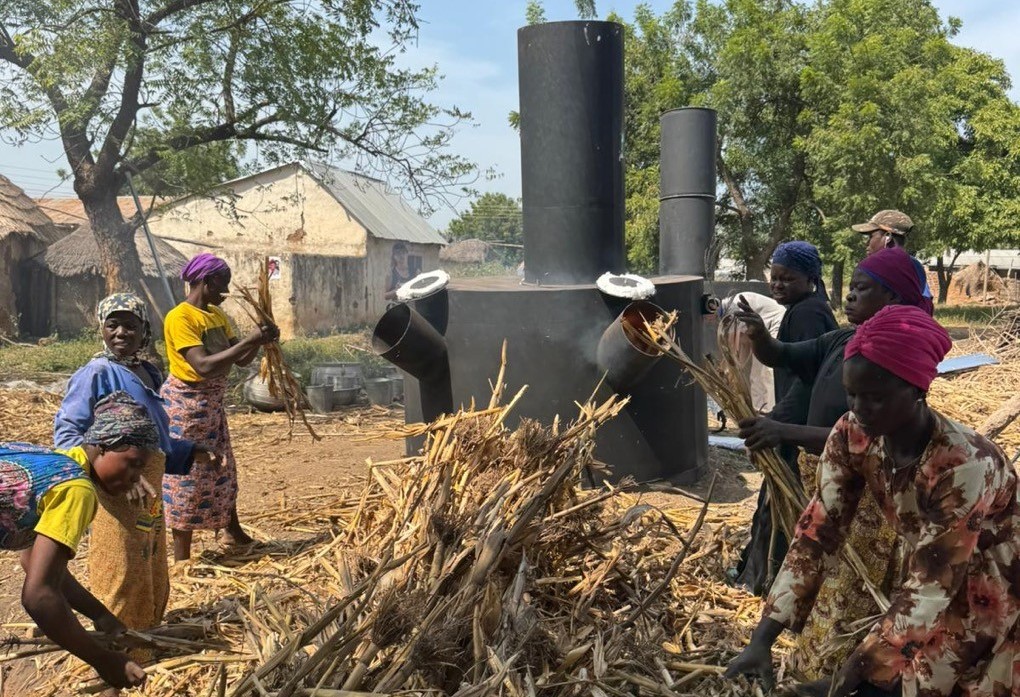
Artisanal projects remain crucial for empowering smallholder farmers, who contribute largely to the world’s food supply, by offering accessible, scalable solutions that support sustainable practices and climate resilience. These farmers often lack access to improved technologies, which are essential for improving soil health, increasing yields, and contributing to carbon sequestration. Supporting smallholders through such innovations is key to addressing global food security and sustainability challenges.
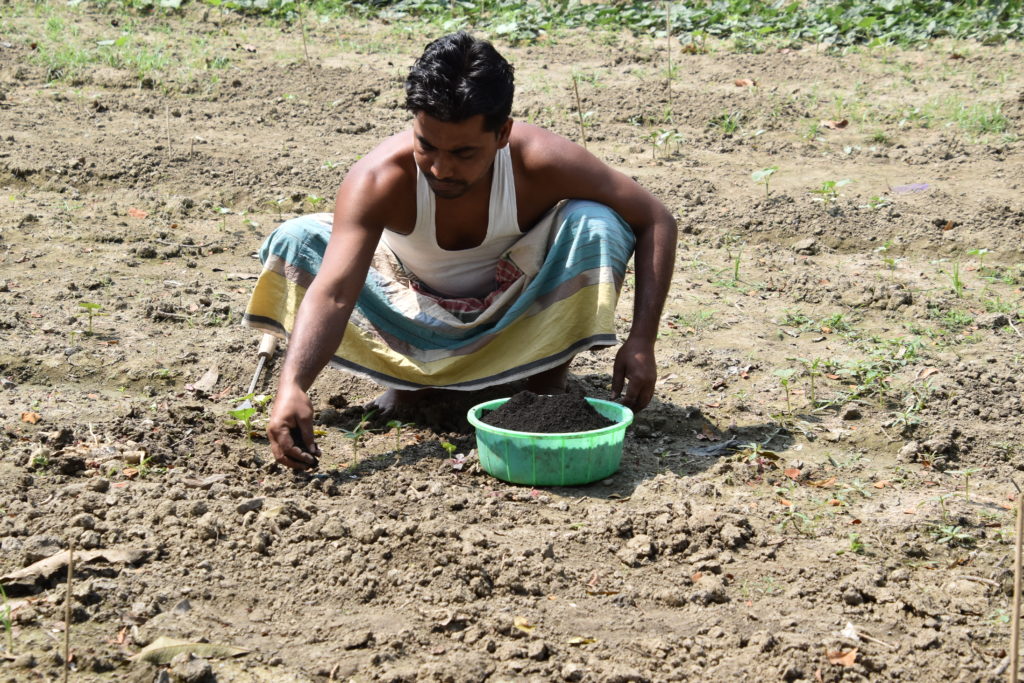
Difference between forest projects and biochar projects
Carbon removal through biochar and afforestation/reforestation (A/R) projects differ fundamentally in mechanisms and permanence.
While A/R projects sequester carbon via tree growth, capturing CO₂ in biomass, biochar achieves greater permanence by stabilizing carbon in soil for centuries, with minimal risk of re-release. In contrast, A/R projects face higher reversal risks from forest fires, pests, and land-use changes, which can compromise sequestration. Biochar production also supports circular economy principles by transforming agricultural residues and waste into valuable soil amendments, whereas A/R focuses on natural regeneration and may require new land allocation without directly utilizing waste resources.
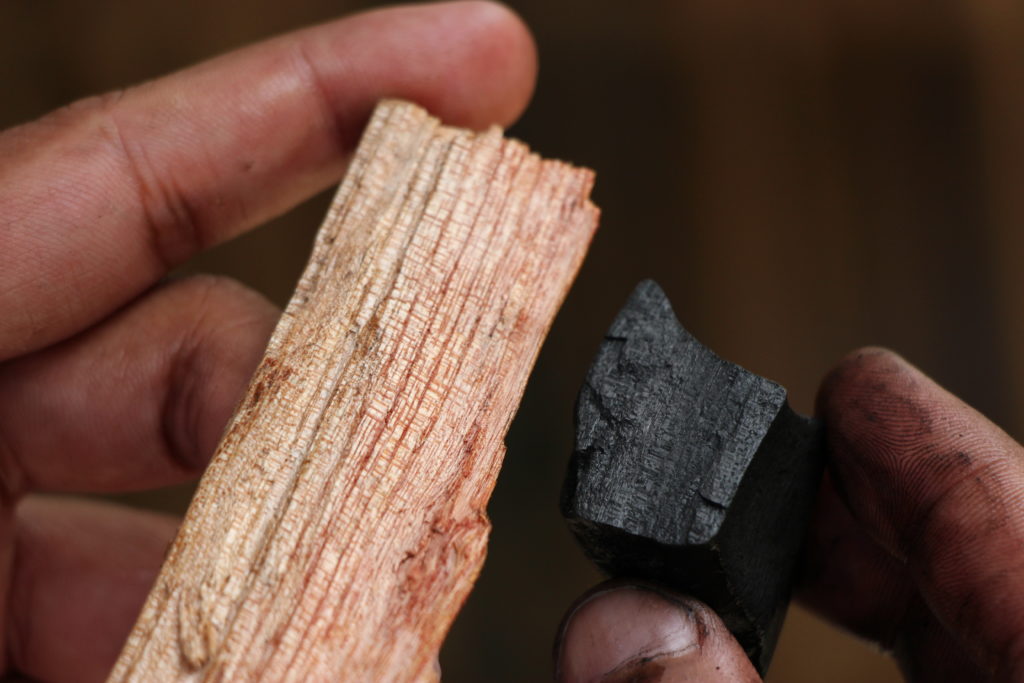
Further Links
- Overview of atmosfair Projects for Negative Emissions
- Background on Forest Protection Projects
- India: Biochar from Efficient Cookstoves
- Germany: Research Projects on DAC
- Tanzania: Industrial Biochar Production
- Nepal: Biochar for the Reutilisation of Completely Depleted Soils


 Share
Share Tweet
Tweet